Welcome to issue 37 of the Call to Comms!
How do humanitarian organizations know where to go when a crisis occurs? How do we identify where needs are? We spoke with CartONG, an NGO specialized in mapping and data management. Here are some of their insights on humanitarian action and the important role of maps.
Also this week: TSF at Capacity Europe, news on a humanitarian emergency in Haiti and global water scarcity and, directly from the field, an action on digital inclusion in Madagascar.
What you need to know about humanitarian mapping
What is CartONG?
“CartONG is an international NGO. We are based in France, and we are specialized in mapping and data management. Our mission is to help organizations that are in the humanitarian and development sectors in being more effective on the project by also improving the quality, by supporting them on data management and mapping needs.” CartONG’s Mapping & GIS Project Manager Marie Beeckman told us.
How can GIS help in humanitarian action?
“GIS and mapping can be useful in many areas of the humanitarian sectors for many activities, such as logistics, epidemiology, water hygiene and sanitation.” CartONG told us. Data is precious to decide where to set up infrastructure like water points or antennas, “based on geographical criteria, but also on population distribution.”.
What can digital mapping do in emergency response?
When natural disasters strike, for example, humanitarians are faced with a number of questions: where are the people affected? How can they be reached? What are the constraints on the ground? Digital mapping can provide the answers.
CartONG mentioned the recent natural disasters in North Africa: “We provide maps to field teams so that they can better assess the situation on the ground. So in the past week we did some maps for areas in Morocco and also in Libya after the earthquake and the floodings. And so the first maps produced were reference maps to better understand the impacted area.”
“Whatever the type of humanitarian crisis, the location is always a recurring question for everyone.”
Want to learn more about CartONG’s action, including the main challenges they face and their work with open data to create maps collaboratively? Watch the full interview here:
TSF in Capacity Europe
TSF’s representatives from headquarters and the Ambassadors team will be present at the telecommunications event Capacity Europe, in London. Monique Lanne-Petit, TSF’s Director and Co-Founder, will be attending.
This week’s reads
1 - Haiti: Children facing triple threat of insecurity, malnutrition, disease
- More than five million Haitians, including a record three million children, need humanitarian assistance in 2023.
- The combination of insecurity, malnutrition and the spread of water-borne diseases reinforces the region's instability.
- With the escalation of violence and the reduction of aid, the humanitarian emergency in Haiti continues to deteriorate.
2 - Water ‘being taken for granted’
- On October 4, the Food and Agriculture Organization of the United Nations (FAO) hosted the Rome Water Dialogue 2023.
- During the two-day event, FAO Director-General Qu Dongyu asserted that "We must stop taking water for granted", and stressed the need to intensify efforts in favor of global water security.
- This event echoes Oxfam's report “Water Dilemmas” which retaliates the need for government actions to tackle water scarcity.
Directly from the field
Here’s a picture from the Alabri agricultural forum that occurred on October 5th, in Madagascar. The IT Cup center had a stand animated by volunteers, presenting its activities.
See you next week!
❤️ Enjoy this newsletter?
Forward to a friend and let them know where they can subscribe
Anything else? Hit reply to send us feedback or say hello.


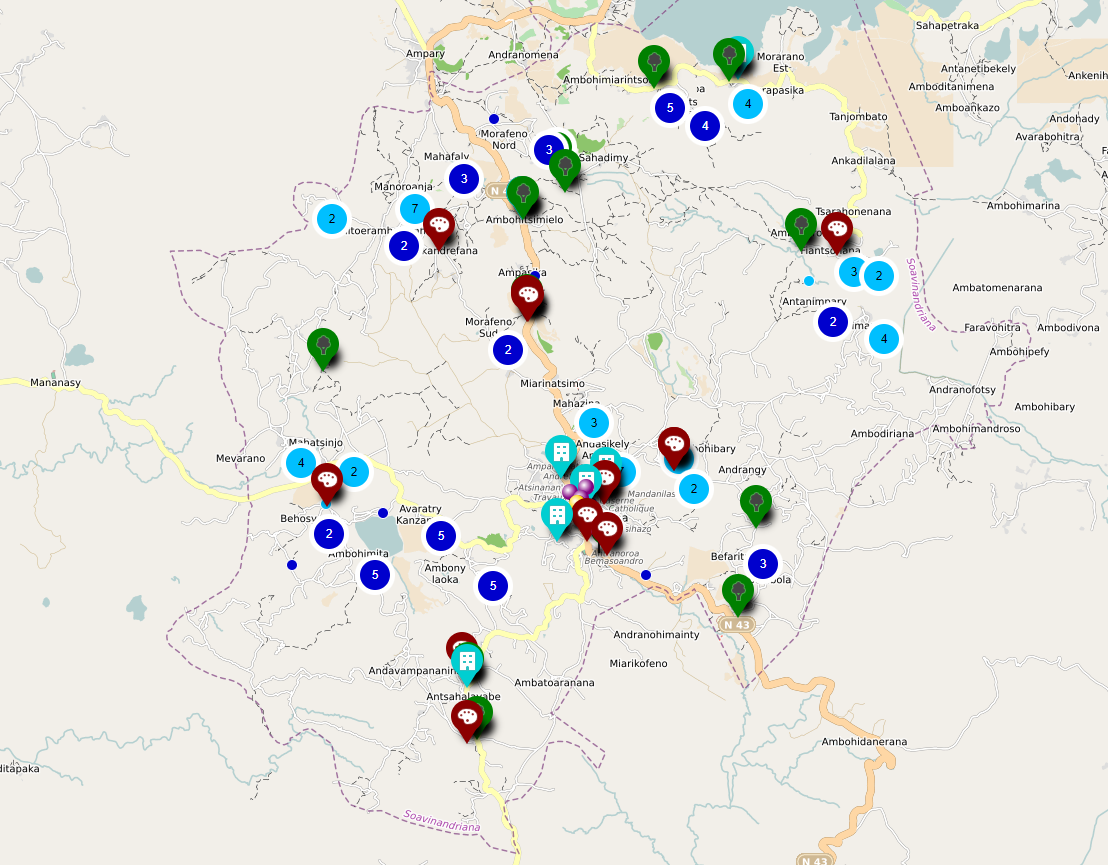
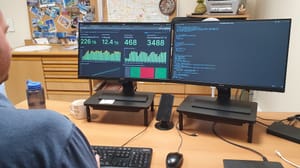
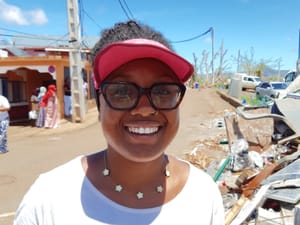
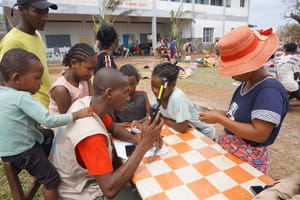
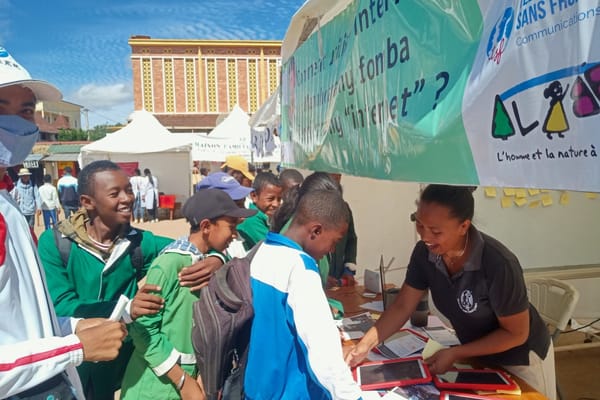
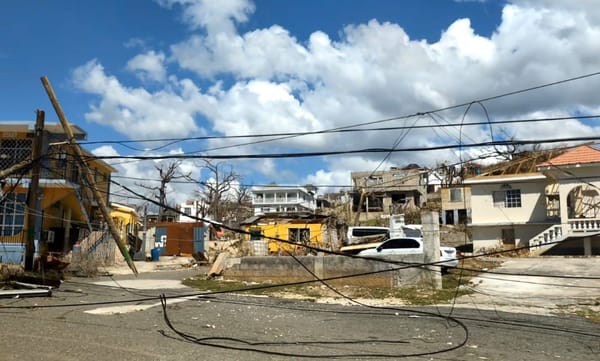

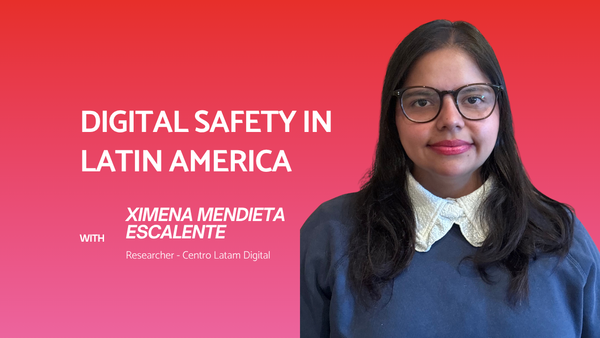
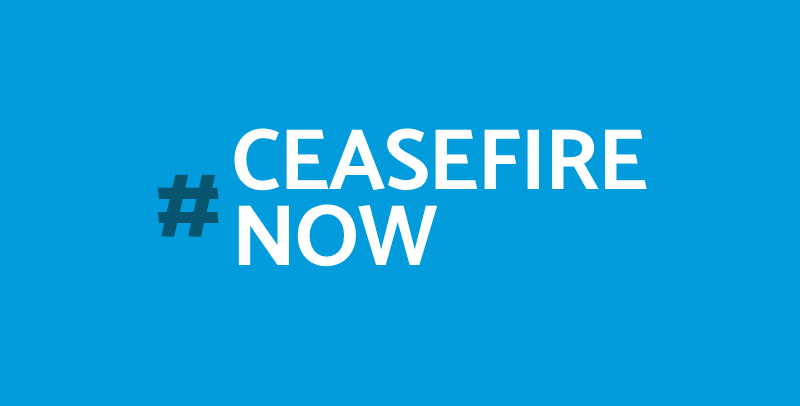
Member discussion